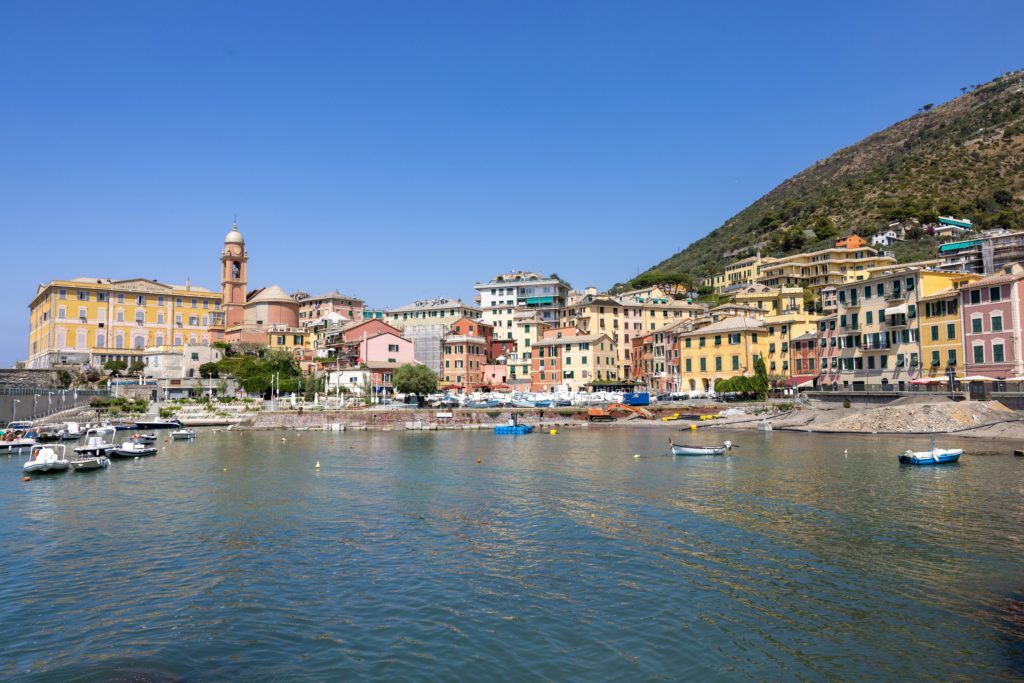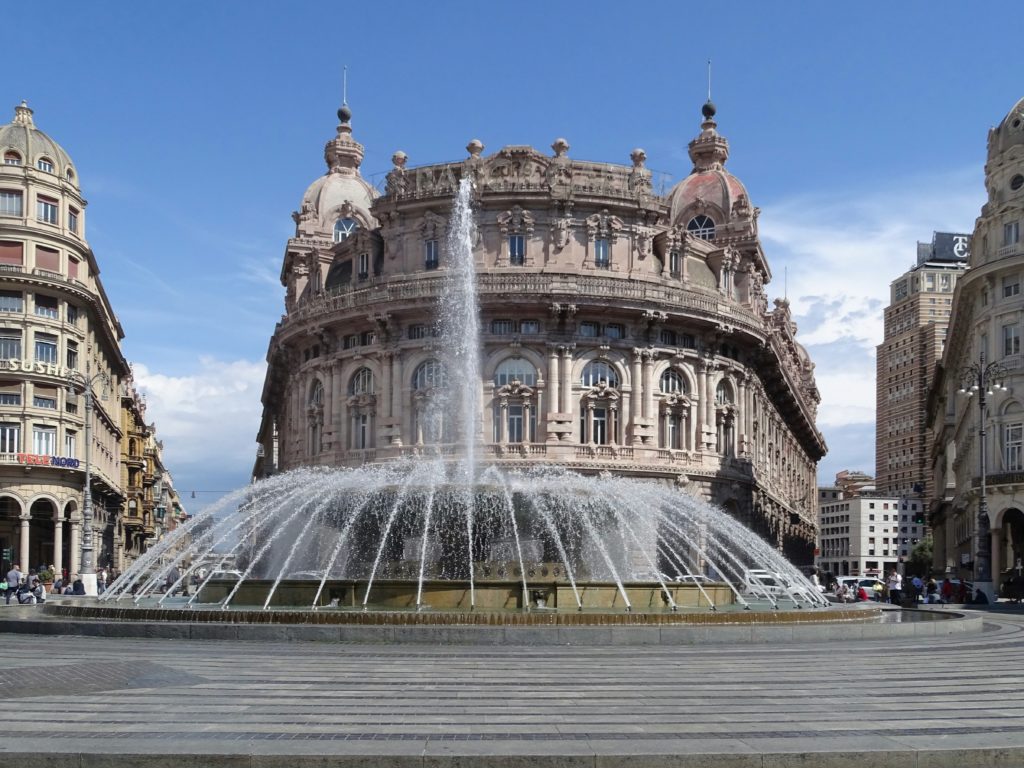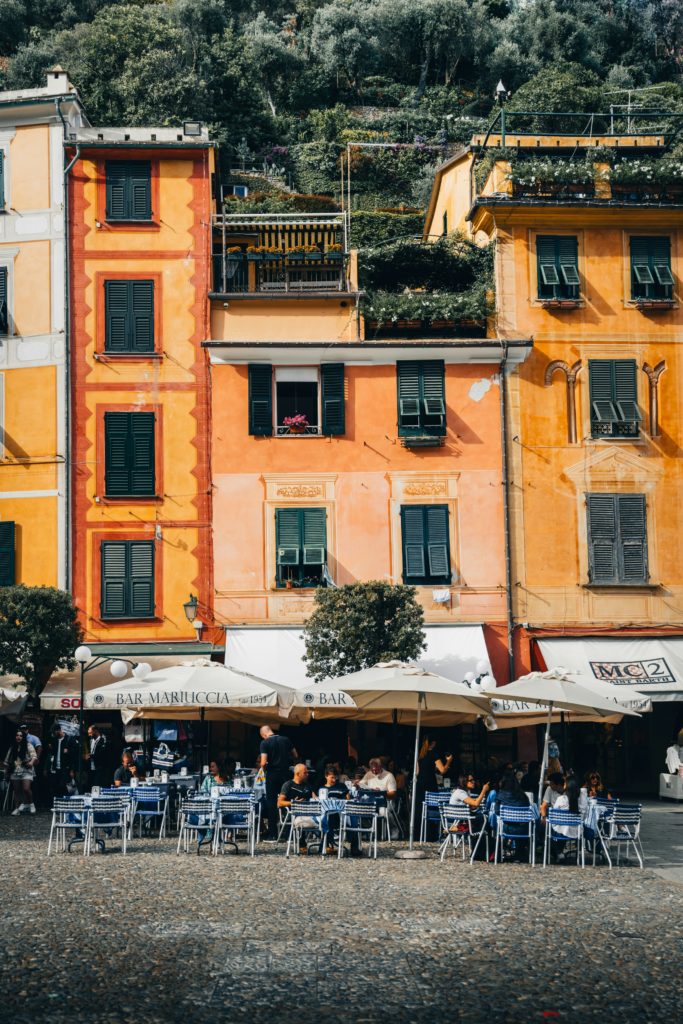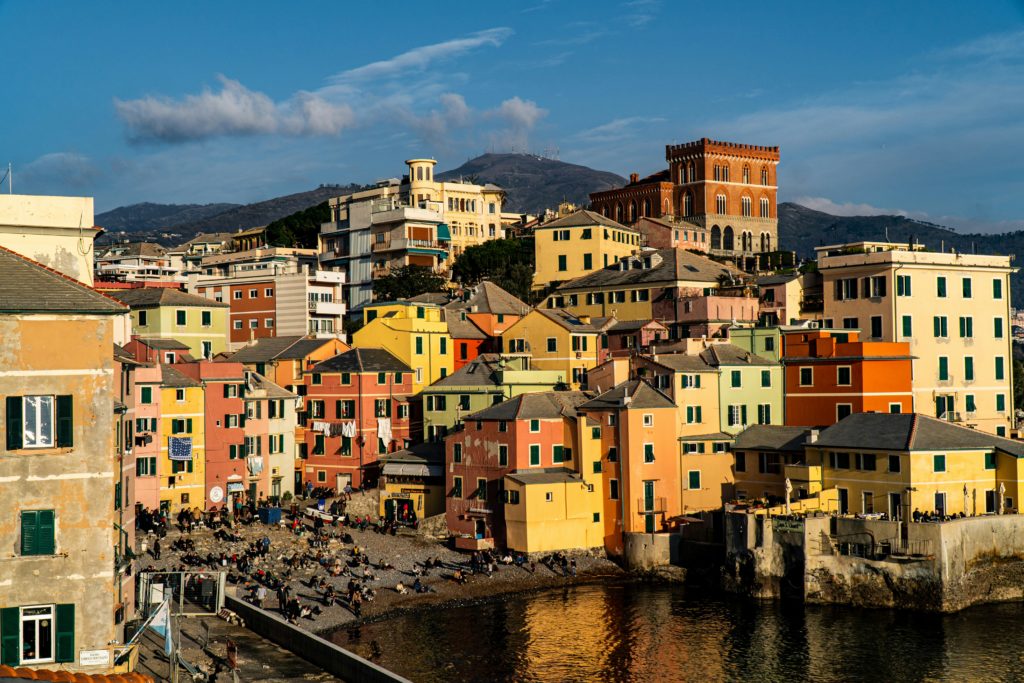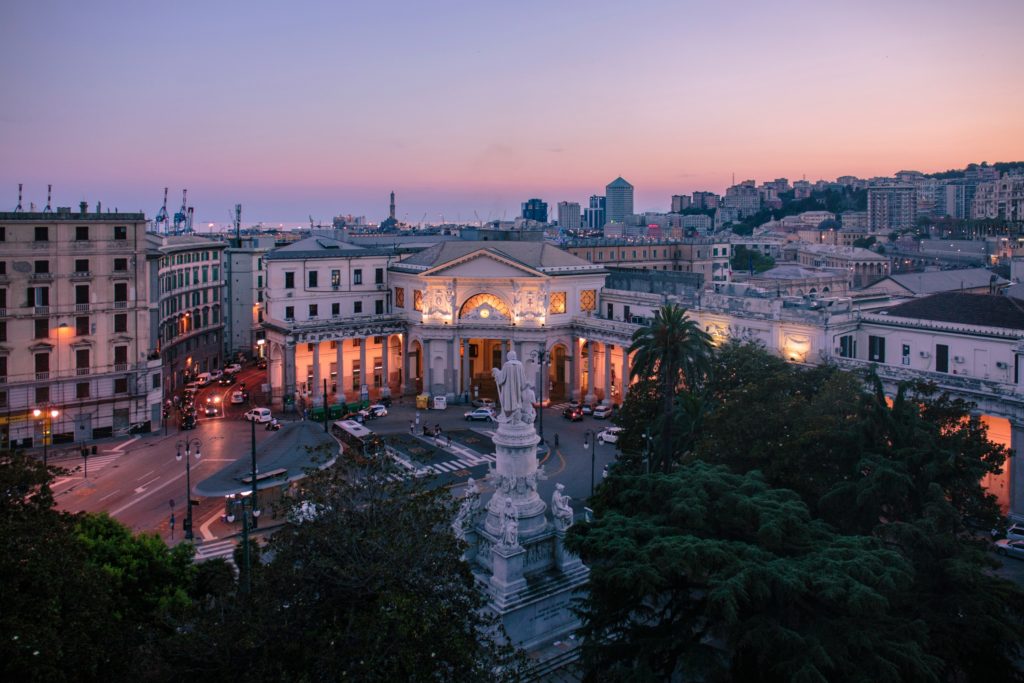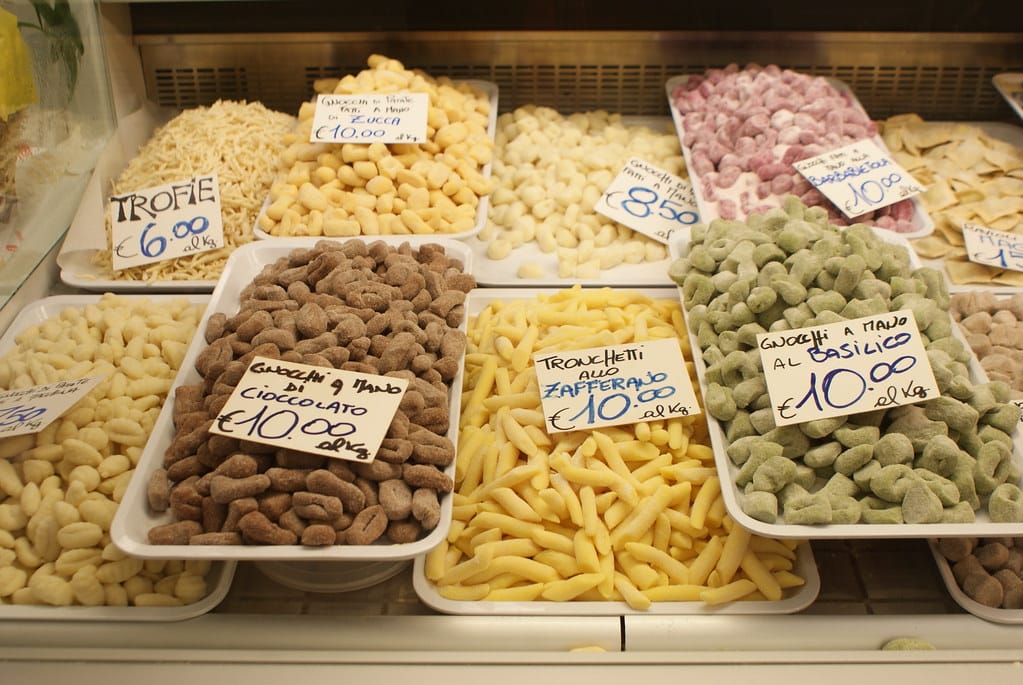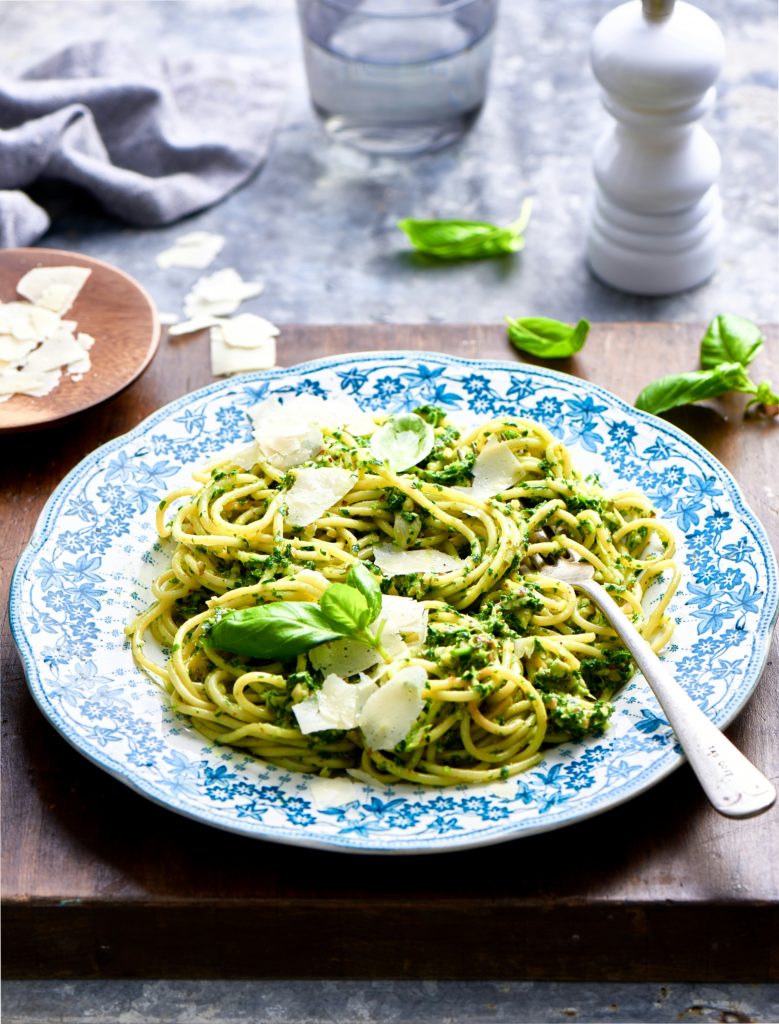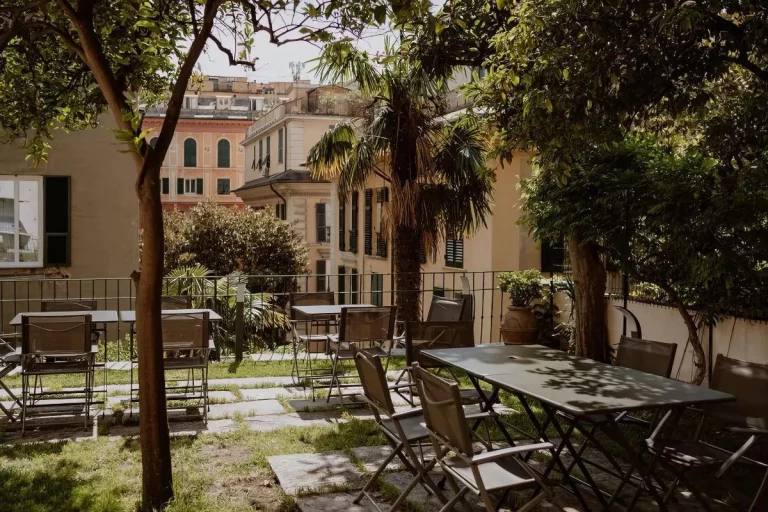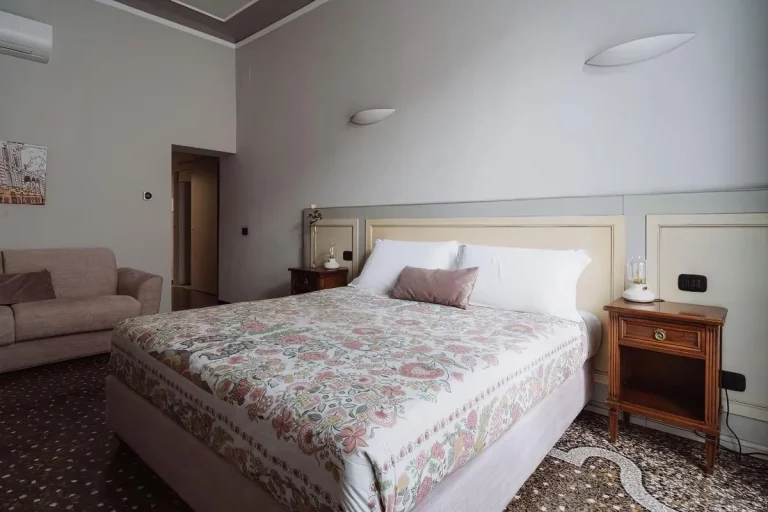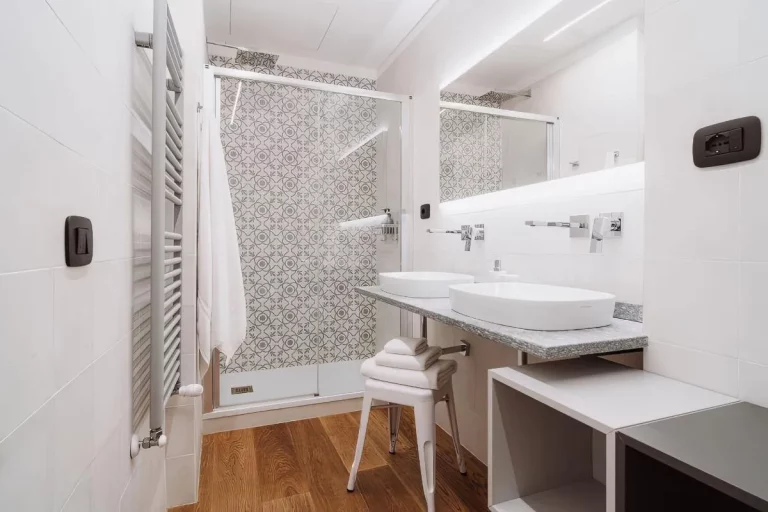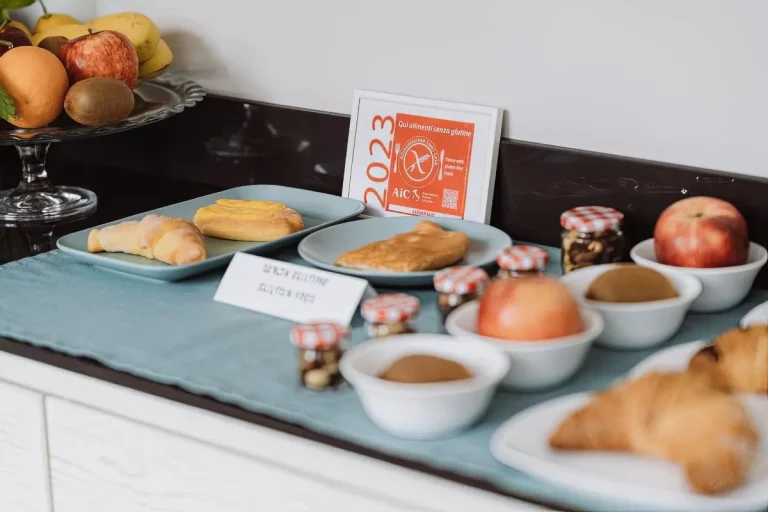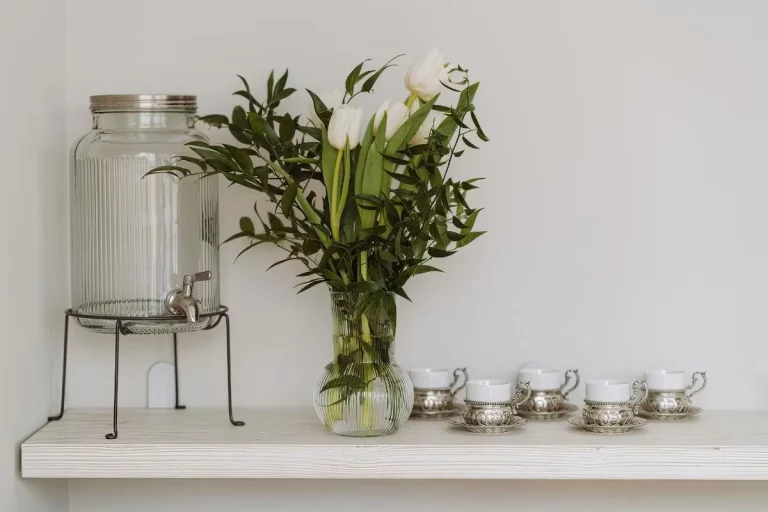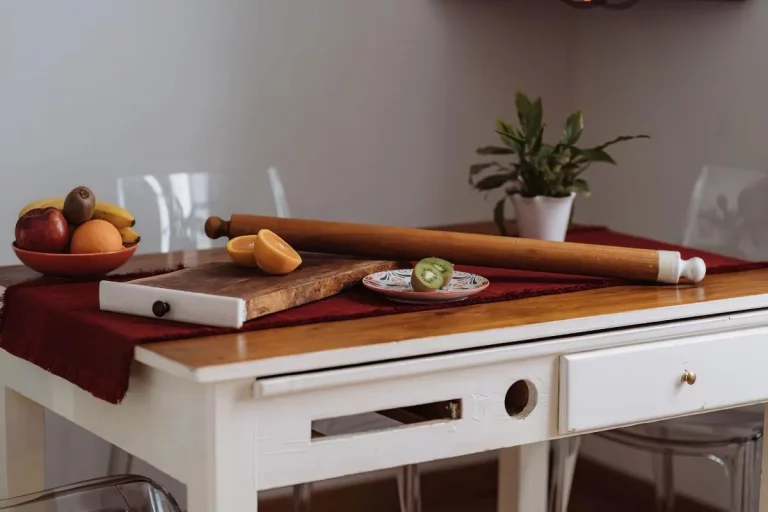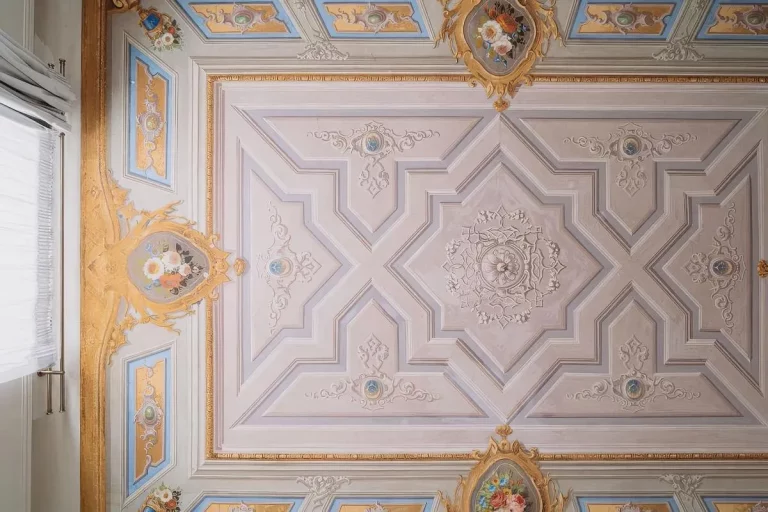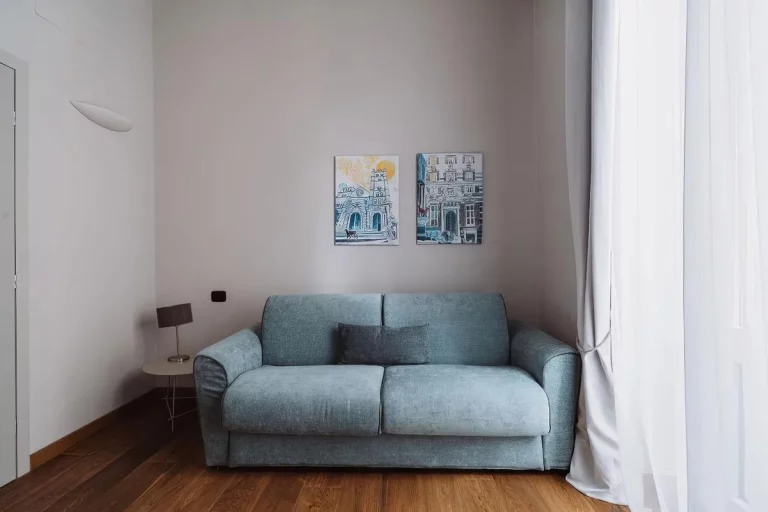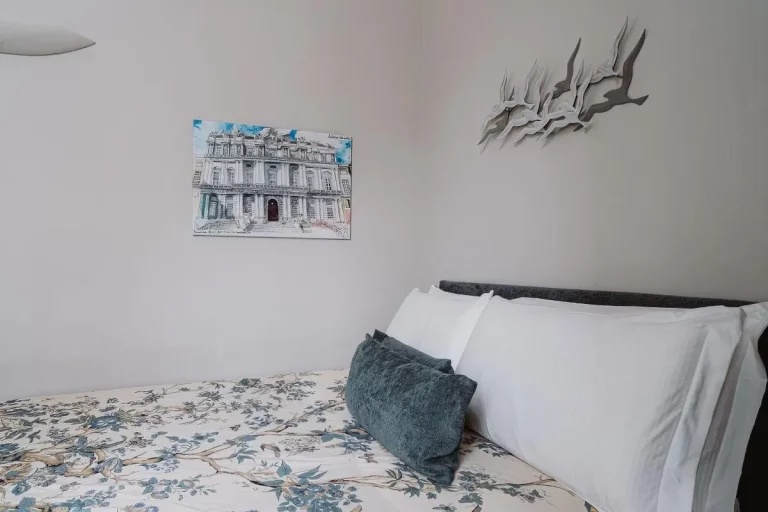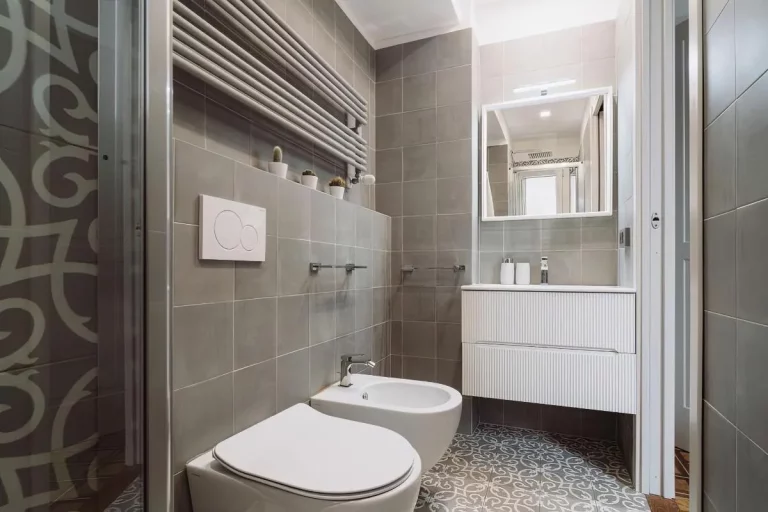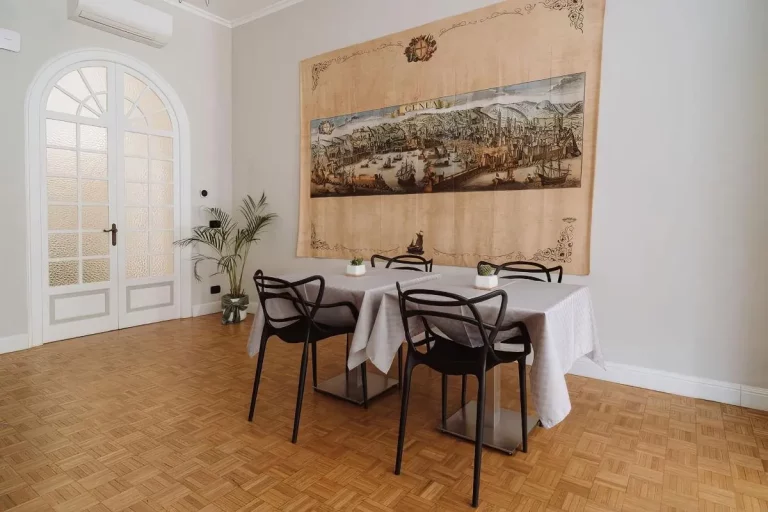Genoa
Genoa, the Mediterranean in its alleys 🐚🚶
Capital of the powerful Republic of Genoa, the city ruled the sea routes for centuries, from the Middle Ages to the 18th century. It was the birthplace of Christopher Columbus, welcomed merchants from the Orient, and grew rich through trade, banking, and the sea. This history has left a unique urban center facing the harbor, where streets wind between buildings like the corridors of an old ship.
The historic center, among the largest in Europe, is best explored on foot, along the network of caruggi, narrow, often shaded alleys lined with stalls, weathered facades, and laundry hanging between the windows. As you walk, you come across open focaccia kitchens, old-fashioned fishmongers, marble plaques carved into the walls, and sometimes tiny votive chapels sheltered beneath an arcade.
Further north, Via Garibaldi is lined with the Palazzi dei Rolli , these ancient aristocratic palaces listed by UNESCO. Some are open to visitors, such as Palazzo Rosso or Palazzo Bianco , with their frescoes, marble staircases and art collections, reflections of the Genoese golden age.
On the sea side, the Old Port , redesigned by Renzo Piano, is a good balance point. You can walk between sailboats, quays, covered markets, and cultural sites. The Aquarium of Genoa , one of the largest in Europe, attracts families and curious visitors. From there, an elevator leads to the Castelletto belvedere , with a wide view of the rooftops, the port, and the mountains on the horizon.
🍽️ Genoese cuisine is simple, salty, and plant-based . Pesto alla genovese is eaten with trofie or trenette , sometimes accompanied by potatoes and green beans. People also eat hot focaccia at any time, farinata made from chickpeas, or pansoti , ravioli with wild herbs served with a walnut sauce. All this is often washed down with Ligurian white wine , such as Vermentino.
🌿 Feel like getting some fresh air? The seaside gardens of Nervi are perfect for a leisurely stroll among maritime pines and palm trees. In Bogliasco , you can walk down to a small pebble beach surrounded by pastel-colored houses. And in Camogli , the narrow streets lead directly to a fishing port, a lively waterfront, and a coastal path that leads to the Portofino Nature Reserve. All these off-the-beaten-track villages are accessible by train from Genoa in 20 to 30 minutes.
🚆 Genoa is well connected by train with a stopover in Milan. A former maritime capital that's worth rediscovering, especially for fans of the famous pesto alla Genovese sauce.
What's included / excluded
Your accommodation
The Tartaruga Garden
Just steps from Genoa's historic center, Il Giardino della Tartaruga is a B&B unlike any other: warm, bright, and deeply human. Run by a social cooperative, it employs young adults with cognitive disabilities, offering each stay a sense of solidarity and commitment.
The comfortable and well-appointed rooms overlook a garden terrace where you can enjoy a local breakfast—with Genoese focaccia and gluten-free options. A great place to discover Genoa in a different way, combining inclusivity, a gentle way of life, and a responsible approach.
Genoa
Carbon footprint of this trip
63x fewer kg of CO2 by train
calculated with a departure from Brig station
Do you have a question?
Don't hesitate to contact us, we'll be happy to help.
Frequently asked questions
What are the departure stations?
What activities do you offer?
Can we travel eco-responsibly with you?
What documents do I need to travel?
What happens if I cancel or change my trip?
Is there emergency assistance during the trip?
Do you offer travel insurance?
What payment methods do you accept?
Do you offer payment facilities?
